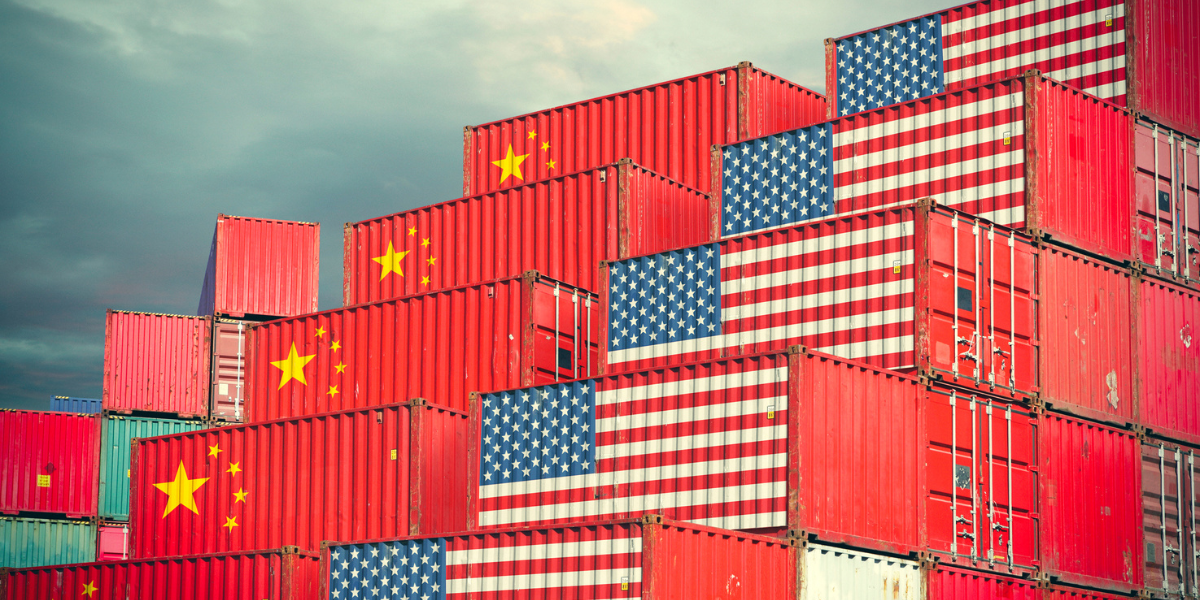The global trade ecosystem is experiencing a significant transformation, with Trump 2.0's tariff policies and recent diplomatic developments significantly changing how corporate real estate (CRE) leaders operate across Asia-Pacific.
According to Knight Frank's Horizon Report, 'From Whiplash to Resilience: Corporate Real Estate in the New World Order', CRE leaders must now rethink location models, leasing structures, and investment plays with agility, while also preparing for multiple scenarios as trade negotiations evolve.
Three strategic certainties driving CRE transformation
The Horizon Report identifies three "strategic certainties" that are reshaping corporate real estate strategies across the region, even as temporary relief emerges through the recent 90-day tariff reduction:
1. Higher tariffs are the new baseline
Unlike the narrower scope of the first trade war, the current regime applies sweeping levies across 57 countries. While the May 12 agreement has temporarily reduced US tariffs on Chinese goods from 145% to 30% for a 90-day negotiation period, with Chinese tariffs on US goods dropping from 125% to 10%, the underlying policy direction remains clear.
Even at reduced levels, these tariffs significantly exceed historical norms.
Real estate implications:
- Persistent cost inflation across global supply chains continues to erode cost predictability, even during the 90-day window
- Occupiers are accelerating the shift to flexible lease structures and geographically diversified portfolios
- Cost-optimised, demand-resilient markets maintain priority in location decisions
- Developers must recalibrate rent expectations and prepare for different scenarios after the negotiation period
- The 90-day window creates opportunities for strategic repositioning rather than fundamental changes in direction
2. US-China decoupling will redraw the real estate map
Despite the temporary tariff reduction, the structural decoupling of the US and Chinese economies continues, not just in trade but also in technology, capital, and talent flows. While the 90-day window may slow the pace of change, blanket tariffs and expanding national security controls continue to reshape supply chains that once bound the world's two largest economies. Strategic sectors such as semiconductors, EVs, and AI are localising rapidly, with Western and Chinese mainland ecosystems moving on increasingly divergent tracks.
Real estate implications:
- R&D and manufacturing re-shoring to the US, Mexico, and India continues, though potentially at a moderated pace during the negotiation period
- Chinese mainland maintains focus on self-sufficiency, with demand anchored in AI, green tech, and consumption
- CRE portfolios require operational resilience, regulatory compliance, and scenario-based flexibility
- The temporary tariff reduction provides opportunity for strategic planning rather than fundamental redirection
3. Supply chain diversification is no longer optional
Even with the temporary reduction of tariffs on Chinese exports from 145% to 30%, the strategic imperative for supply chain diversification remains. The rest of Asia-Pacific, particularly Southeast Asia and India, retains significant advantages that drive "China+N" strategies, in which multi-country sourcing and flexible production networks are standard operating requirements. Companies recognise that the 90-day window provides planning time but doesn't eliminate the need for structural diversification.
Real estate implications:
- Demand continues to shift toward flexible logistics parks and leases with built-in options
- Areas near ports and free-trade zones maintain their strategic importance
- Speculative projects in the Chinese mainland may see improved absorption during the 90-day window, but structural challenges remain
- Agility in structure, finances, and contracts becomes even more critical as companies prepare for multiple potential outcomes
- Scenario planning takes on heightened importance, with facilities designed to function across various trade policy environments
Lease structures in flux: Country-specific insights
Real estate strategies across Asia-Pacific are responding to prolonged uncertainty by favouring shorter, more flexible leases and customised space solutions:
Indonesia
Office leases have evolved from 5-year norms to 1 to 3 years, driven by the US-China trade war, and hybrid work models. Break clauses and rent-free periods are now standard, as landlords compete on flexibility.
India
While lease durations remain stable, flex space demand tripled between 2017 and 2019. Built-to-suit formats gained traction in office and warehousing, supported by strong occupier confidence in the domestic growth story. India's relative insulation from direct tariff impacts has positioned it as a strategic haven amid continuing trade uncertainty.
Malaysia
Flexible leases emerged largely during the pandemic. Malaysia continues to attract MNCs with cost-efficient, purpose-built facilities, a trend that is expected to continue regardless of how US-China negotiations evolve.
Vietnam
Occupiers have shortened office commitments from 5 to 3 to 4 years. Industrial tenants increasingly seek 3-year leases with expansion and break clauses, USD-denominated rents, fit-out incentives, and more negotiable expansion clauses. The 90-day tariff reduction has introduced elements of strategic patience to some negotiations, but the fundamental shift toward flexibility continues.
Designing for resilience: CRE leadership priorities
In this volatile landscape, CRE strategy must evolve from footprint expansion to operational durability and total-cost performance.
Action checklist for CRE leaders
- Structure leases for flexibility and exit agility. Incorporate break options, expansion/ contraction rights, and assignment provisions, with additional clauses addressing post-negotiation scenarios
- Invest in facilities and geographies that support distributed operations. Build redundancy and geographic diversification into the portfolio, with strategic investments timed to leverage the negotiation window
- Allocate capital for supply chain-resilient upgrades. Prioritise investments in automation, local sourcing capabilities, and inventory management that function effectively across multiple tariff environments
- Embed scenario planning tools into location and lease decisions. Develop frameworks that stress-test potential locations against both current reduced tariffs and potential future scenarios
- Prioritise sustainability and tech infrastructure in tenant improvement allowances. Focus capital investments on features that enhance operational resilience, regardless of how trade negotiations evolve
For more insights, please download the latest edition of Knight Frank’s Asia-Pacific Horizon series, Whiplash to Resilience: Corporate Real Estate in the New World Order, report below.
.png?width=1200&name=Bottom%20(1).png)






